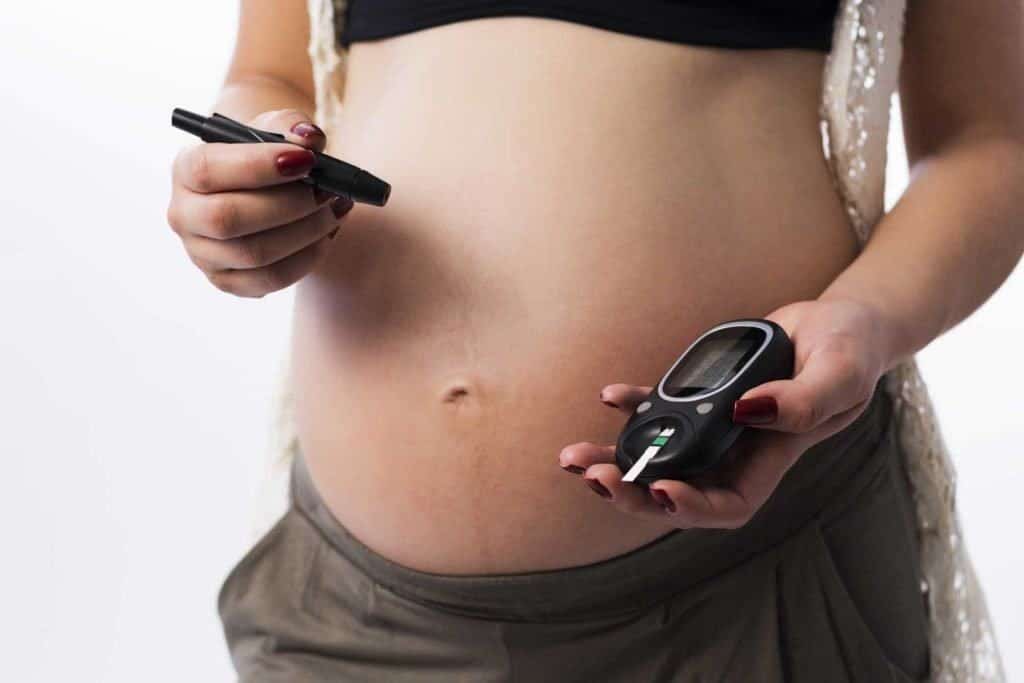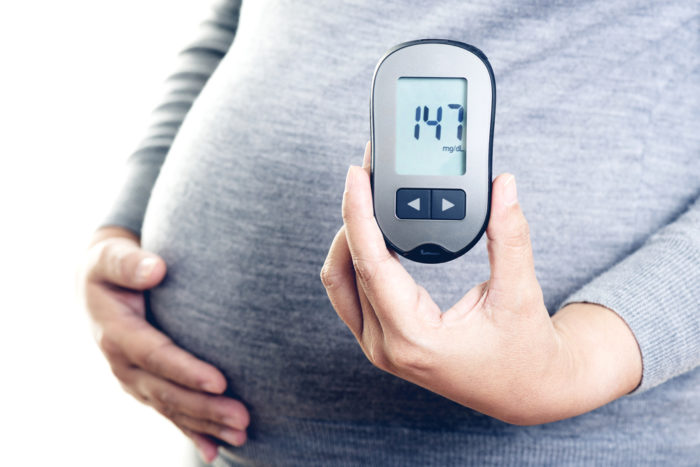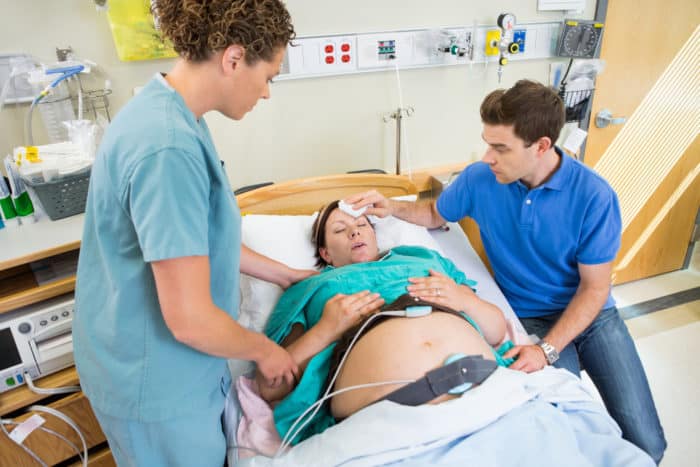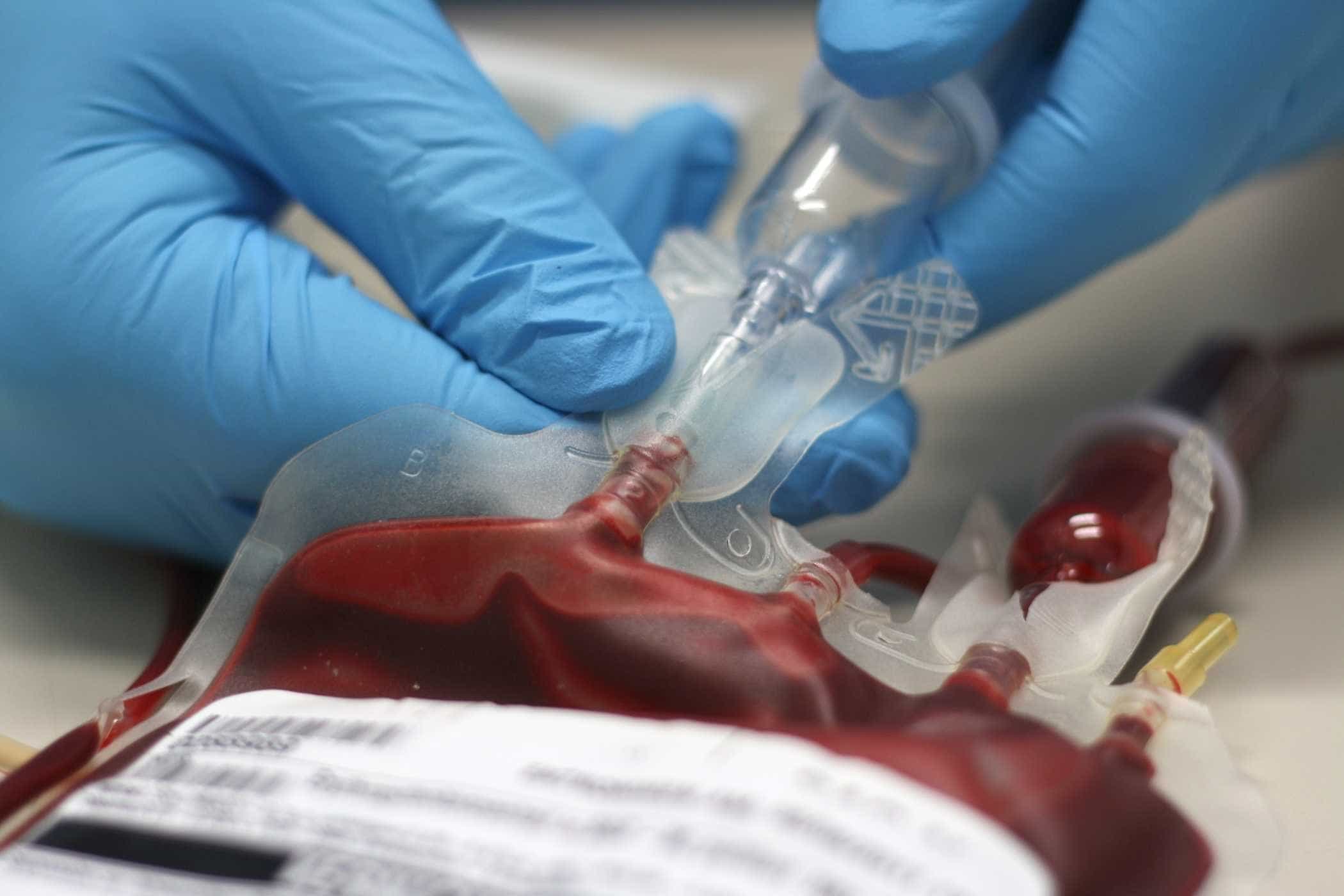Contents:
- Medical Video: Complications Of What is Gestational Diabetes And Prevention - Manipal Hospitals
- What are the complications of gestational diabetes?
- Another thing that must be considered when at risk of complications of gestational diabetes
- 1. Risk of macrosomia which causes shoulder dystocia
- 3. Take care of your baby after birth
- 4. Beware of subsequent pregnancies
Medical Video: Complications Of What is Gestational Diabetes And Prevention - Manipal Hospitals
The condition of diabetes in pregnant women, or commonly known as gestational diabetes, generally has a normal pregnancy with a healthy baby. The risk of complications will decrease if the diabetes that occurs in pregnancy can be diagnosed and treated appropriately. Actually, what are the complications of gestational diabetes that can occur? Is it dangerous?
What are the complications of gestational diabetes?
If gestational diabetes is not properly treated, or is not detected, this can cause serious complications for you or your baby, including:
- Babies get bigger, usually weighing more than 4 kilograms (macrosomia). Where the baby's body size is too large increases the need for induction labor or birth with Caesarean section, and can cause birth problems such as shoulder dystocia.
- Premature birth (babies born before pregnancy enters 37 weeks) - which will cause complications such as jaundice or respiratory distress syndrome.
- Babies have health problems after birth and will need hospital care, for example, low blood sugar.
- Miscarriage is at risk for the first 23 weeks of pregnancy.
- Stillbirth, that is, the baby is born dead.
Another thing that must be considered when at risk of complications of gestational diabetes
1. Risk of macrosomia which causes shoulder dystocia
Macrosomia or a baby who is too big can cause a condition called shoulder dystocia. This happens when your baby comes out through your vagina, but your baby's shoulder is stuck in the pubic bone (the bone that supports your lower body and is called the hip bone).
Shoulder dystocia can be dangerous because your baby can't breathe when he gets stuck. This is estimated to affect 1 in 200 births.
If the mother has diabetes during pregnancy, your baby in the womb may be at risk of having complications of gestational diabetes, such as being too large. Because of this, you may need to do a more frequent examination before birth so that your baby can be monitored better.
During this examination, you may undergo:
- Ultrasound is around the week of 18-20 pregnancies, to check the heart of the baby in your womb and see signs of abnormalities (if your gestational diabetes is diagnosed after a fairly advanced pregnancy, you may not need to undergo this scan)
- Ultrasound at 28, 32, 36 weeks, and a routine examination of 38 weeks of pregnancy to monitor your baby's growth and the amount of amniotic fluid (which surrounds them in the uterus)
2. Risk of childbirth
Complications of gestational diabetes can also occur during childbirth. You can wait until labor begins naturally provided your blood sugar is in a normal level, the ultrasound results of a baby are normal, and there are no other problems in pregnancy.
If you have gestational diabetes and your baby grows normally, you may be offered the opportunity to start labor after 38 weeks of pregnancy.
If your baby is too large (macrosomia), the doctor or midwife will discuss the risks and benefits of caesarean section. This discussion of the choice of labor when you have gestational diabetes is usually done at weeks 36 to 38.
You must give birth in a hospital or clinic where medical personnel are available 24 hours a day to provide the right care for your baby.
During labor and birth, your blood glucose will be measured every hour and held at 4-6 mmol / l. If you have been given insulin during pregnancy, you will be advised to be given infusion of insulin and glucose during labor, to allow careful control of your blood sugar levels.
3. Take care of your baby after birth
About 2 hours after birth, your baby's blood glucose will be counted, usually before he is breastfeeding for the second time. If your blood glucose stays low, your baby may need to be fed through a tube or infusion. If your baby's condition is not good or requires close supervision, he may need to be monitored in the neonatal unit.
In addition to monitoring the baby, gestational diabetes increases your risk of developing type 2 diabetes after pregnancy. The mother must do some follow-up checks on blood sugar levels after giving birth. Type 2 diabetes is a time when your body does not produce enough insulin, or your body's cells do not react to insulin (insulin resistance).
Therefore, it is very important that you monitor your blood glucose after labor to check whether your blood glucose is back to normal or not. Your baby may have a greater risk of developing diabetes or obesity (having a body mass index of more than 30) later.
4. Beware of subsequent pregnancies
After experiencing gestational diabetes, you have an increased risk of developing gestational diabetes again in your next pregnancy. It is very important to discuss with your doctor if you plan to get pregnant again. Your doctor may arrange monitoring of your blood glucose from the initial stage.
Hello Health Group does not provide medical advice, diagnosis or treatment














